How Much Does Steel Siding Cost Installed?
Steel siding installation typically costs between $27,600 and $44,850, translating to $9.20 to $14.95 per square foot for a standard 3,000 sq ft exterior. This total cost includes the steel siding material, labor, underlayment, and installation hardware. Lower-end costs cover basic finishes and standard colors, while higher-end costs involve premium finishes, custom colors, and additional insulation. Factors affecting the cost per square foot include the quality of the steel, design complexity, local labor rates, and any additional features such as insulation or custom finishes. Proper planning and budgeting for unforeseen expenses are essential to keep the project within the estimated cost range.
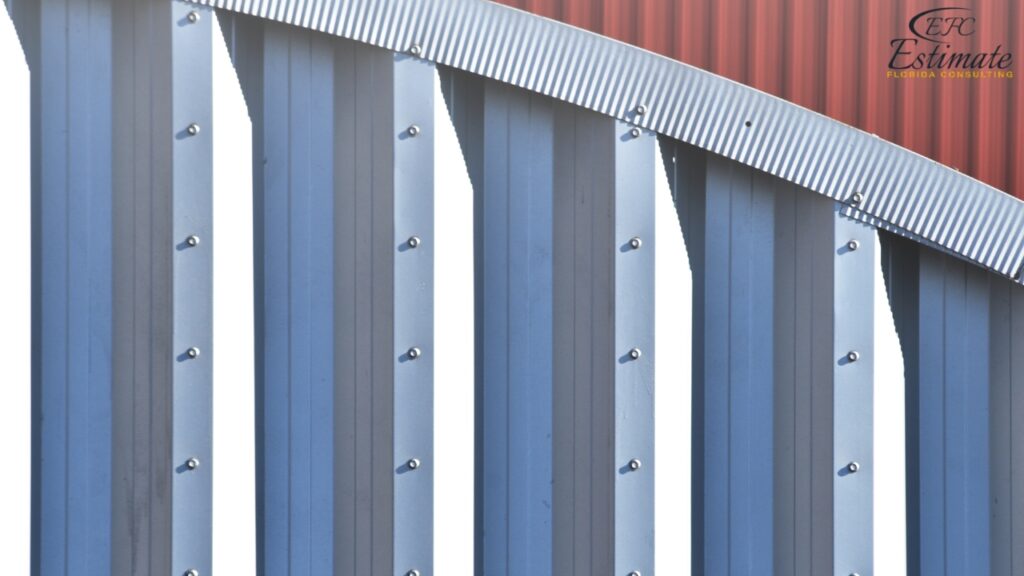
Average Cost of Metal Siding
The cost of metal siding can vary widely based on several factors, including the type of metal, the quality of the material, the size of the project, and labor costs. On average, the cost of metal siding ranges from $3.90 to $15.60 per square foot. Understanding these costs is crucial for effective budgeting and planning. Here’s a more detailed cost breakdown to help you get a better sense of what to expect:
Materials
The cost of steel siding materials can vary based on the style, finish, and additional features such as insulation. Here’s a detailed breakdown of typical material costs:
Material Component | Estimated Cost per Sq Ft | Total Cost for 1,500 Sq Ft |
Standard Steel Siding | $7 – $10 | $10,500 – $15,000 |
Insulated Steel Siding | $10 – $14 | $15,000 – $21,000 |
Trim and Accessories | $1.50 – $3 | $2,250 – $4,500 |
Standard Steel Siding
Standard steel siding offers robust protection and aesthetic appeal without the added cost of insulation. This option is ideal for homeowners looking for a cost-effective solution that still provides excellent durability and low maintenance. The cost of standard steel siding typically ranges from $7 to $10 per square foot, making it a budget-friendly choice for many projects. Standard siding is suitable for homes in moderate climates where additional insulation is not a primary concern. Despite the lack of insulation, standard steel siding still offers significant benefits in terms of durability and weather resistance, making it a solid investment for many homeowners.
Insulated Steel Siding
Insulated steel siding includes an additional layer of insulation, which enhances the energy efficiency of your home. This option is more expensive but can lead to long-term savings on energy bills. The cost of insulated steel siding ranges from $10 to $14 per square foot. The added insulation helps reduce heat transfer, improving the overall comfort of your home and reducing reliance on heating and cooling systems. Insulated siding is particularly beneficial in areas with extreme temperatures, as it helps maintain a consistent indoor climate. This can result in significant energy savings and increased comfort throughout the year, making the higher initial cost worthwhile.
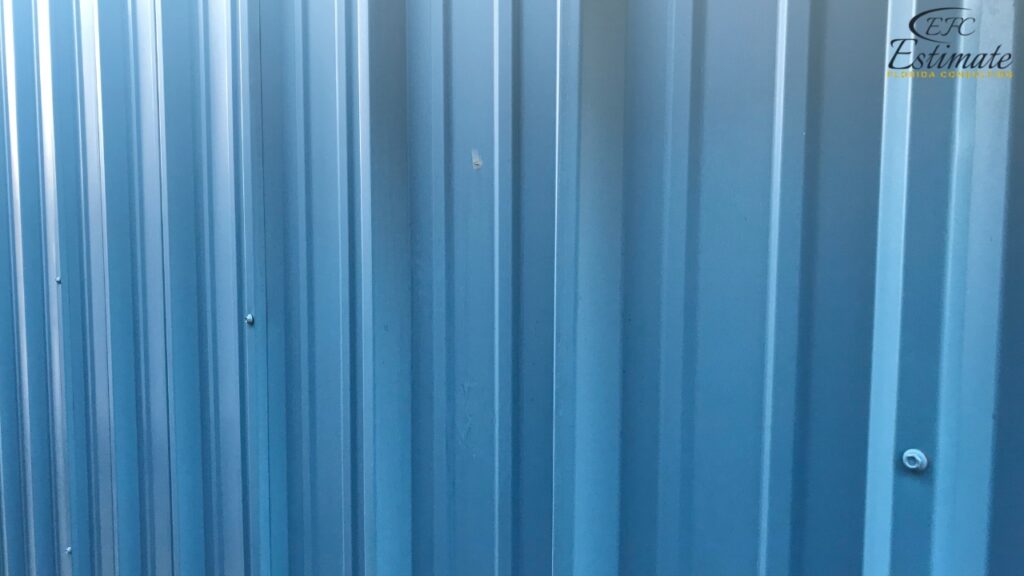
Trim and Accessories
Trim and accessories are essential for completing the installation of steel siding. These components include corner pieces, J-channels, and soffits, which ensure a finished look and proper function. The cost for trim and accessories typically ranges from $1.50 to $3 per square foot. These elements are crucial for achieving a polished appearance and ensuring that the siding performs effectively by sealing edges and corners. Properly installed trim and accessories also help prevent moisture intrusion and pest infestation. The attention to detail in the installation of these components can enhance both the aesthetic appeal and functional performance of your siding, ensuring long-lasting protection and beauty.
Labor Costs
Labor costs for installing steel siding can vary depending on the complexity of the project, the contractor’s rates, and the region. Here’s an estimate of labor costs:
Labor Task | Estimated Cost per Hour | Total Cost for 1,500 Sq Ft |
Site Preparation | $50 – $70 | $1,000 – $1,400 |
Siding Installation | $70 – $100 | $10,500 – $15,000 |
Trim and Accessory Installation | $50 – $70 | $750 – $1,050 |
Cleanup and Inspection | $40 – $60 | $600 – $900 |
Site Preparation
Site preparation involves clearing the area, removing old siding (if necessary), and ensuring the surface is ready for new siding installation. This step is crucial for a smooth installation process. Proper site preparation can prevent issues such as uneven surfaces or moisture problems, which can affect the siding’s performance and longevity. This stage may also include making necessary repairs to the underlying structure to ensure a stable base for the new siding. Ensuring that the site is properly prepared can help avoid future issues and ensure that the siding performs as intended, providing a strong foundation for the new installation.
Siding Installation
The installation of steel siding requires skilled labor to ensure proper alignment, secure attachment, and a neat finish. The cost for this labor can vary based on the complexity of the job and the rates in your area. Skilled installation is vital for the siding to perform as expected, providing protection and enhancing the home’s appearance. A professional installation also ensures that warranties remain valid and that the siding provides the maximum benefits in terms of durability and energy efficiency. Proper installation techniques are crucial for preventing water infiltration and ensuring that the siding can withstand harsh weather conditions, providing lasting value and protection.
Trim and Accessory Installation
Installing trim and accessories is necessary to complete the siding installation. This step ensures that all edges and corners are sealed, preventing water infiltration and creating a finished look. The cost for this task depends on the number and type of accessories used. Proper installation of trim and accessories is essential for the siding’s overall effectiveness and aesthetic appeal. Trim and accessories also play a crucial role in ensuring that the siding system is weather-tight and visually cohesive. Attention to detail during this phase can significantly impact the overall look and performance of the siding, enhancing its durability and aesthetic appeal.
Cleanup and Inspection
After the installation is complete, cleanup and inspection are necessary to ensure the job is done correctly and the site is left tidy. This step includes removing debris, inspecting the installation for any issues, and making any necessary adjustments. A thorough cleanup and inspection ensure that the siding installation meets quality standards and that the site is safe and presentable. This final step also includes ensuring that all work complies with local building codes and that the homeowner is satisfied with the results. Proper cleanup and inspection can help identify any potential issues early, ensuring that they are addressed promptly and maintaining the integrity and appearance of the siding.
Get 5 New Leads Next 7Days With Our System
- Multi-Family Building
- Hotel Building
- Hospital Building
- Warehouse Building
- High-Rise Building
- Shopping Complex
Additional Costs
Additional costs can include permits, inspections, and any custom features or finishes. Here’s an estimate of these costs:
Additional Component | Estimated Cost (in dollars) |
Permits and Inspections | $500 – $1,000 |
Custom Finishes | $1,000 – $3,000 |
Miscellaneous Expenses | $500 – $1,500 |
Permits and Inspections
Obtaining the necessary permits and passing inspections are crucial steps in the siding installation process. These fees can vary depending on local regulations and the complexity of the project. Ensuring that all permits are obtained and inspections passed is essential for compliance with building codes and safety standards. This process helps prevent future legal issues and ensures that the installation is safe and up to code. Working with experienced contractors who are familiar with local regulations can streamline this process and help avoid potential complications.
Custom Finishes
Custom finishes can include special coatings, colors, or designs that enhance the appearance of the steel siding. These finishes can add to the overall cost but provide a unique look and additional protection. Investing in custom finishes can increase the curb appeal and value of your home, making it stand out and offering added durability. Custom finishes may also include options like UV-resistant coatings or anti-graffiti treatments, which can extend the life of the siding and reduce maintenance needs. These enhancements not only improve the aesthetic appeal but also contribute to the long-term performance of the siding.
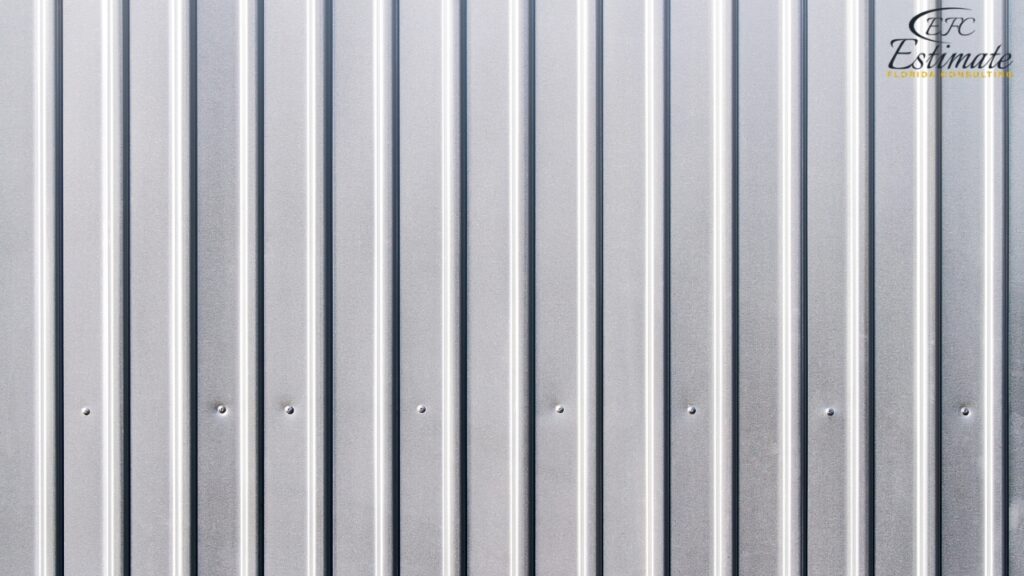
Miscellaneous Expenses
Miscellaneous expenses can include unexpected costs that arise during the project, such as additional materials, equipment rentals, or unforeseen repairs. Having a contingency budget for these expenses helps ensure the project stays on track and can handle any surprises without significant delays or cost overruns. Properly managing these costs can prevent disruptions and ensure the smooth completion of the project. This category also covers any additional labor required for unforeseen tasks, ensuring that the project can adapt to any challenges that may arise. Being prepared for miscellaneous expenses can help avoid budget overruns and ensure that the project is completed successfully.
Cost Comparison with Other Siding Materials
To provide a better understanding of the cost of steel siding, it’s helpful to compare it with other common siding materials:
Siding Material | Estimated Cost per Sq Ft | Total Cost for 1,500 Sq Ft |
Steel Siding | $8.50 – $14.50 | $12,750 – $21,000 |
Vinyl Siding | $3 – $7 | $4,500 – $10,500 |
Fiber Cement Siding | $6 – $12 | $9,000 – $18,000 |
Wood Siding | $6 – $10 | $9,000 – $15,000 |
Brick Veneer Siding | $10 – $20 | $15,000 – $30,000 |
Stucco Siding | $7 – $14 | $10,500 – $21,000 |
Vinyl Siding
Vinyl siding is a popular choice due to its affordability and low maintenance requirements. However, it does not offer the same level of durability and resistance to extreme weather conditions as steel siding. Vinyl siding can be more prone to cracking and fading over time, especially in areas with significant temperature fluctuations. While it is a cost-effective option, it may require more frequent replacement and maintenance compared to steel siding. Vinyl siding is often chosen for its initial low cost, but the potential for higher maintenance costs should be considered.
Fiber Cement Siding
Fiber cement siding is known for its durability and resistance to fire, insects, and rot. It offers a similar aesthetic to wood siding but with lower maintenance requirements. However, it is heavier and more challenging to install, which can increase labor costs. Fiber cement siding also requires periodic painting or staining to maintain its appearance, adding to long-term maintenance costs. Despite its higher installation and maintenance costs, fiber cement siding offers excellent durability and a high-end appearance. It is a suitable option for homeowners looking for a balance between the look of wood and the durability of synthetic materials.
Wood Siding
Wood siding provides a natural and classic look but requires regular maintenance, including painting, staining, and sealing, to protect against weather damage and pests. It is also more susceptible to fire and rot compared to steel siding. While wood siding offers a timeless aesthetic, it may not be the most practical choice for homeowners looking for low-maintenance options. The higher maintenance requirements can result in increased long-term costs, but many homeowners value the authentic look and feel of wood siding. Wood siding is often selected for its traditional charm and can significantly enhance a home’s curb appeal.
Brick Veneer Siding
Brick veneer siding offers a classic and durable option with excellent fire resistance and low maintenance requirements. However, it is one of the more expensive siding options and can add significant weight to the structure, requiring additional support. The higher initial cost of brick veneer siding may be offset by its longevity and minimal maintenance needs, making it a worthwhile investment for some homeowners. Brick veneer provides a timeless and elegant appearance that can significantly enhance a home’s curb appeal and value. The initial investment in brick veneer can be justified by its durability and low maintenance.
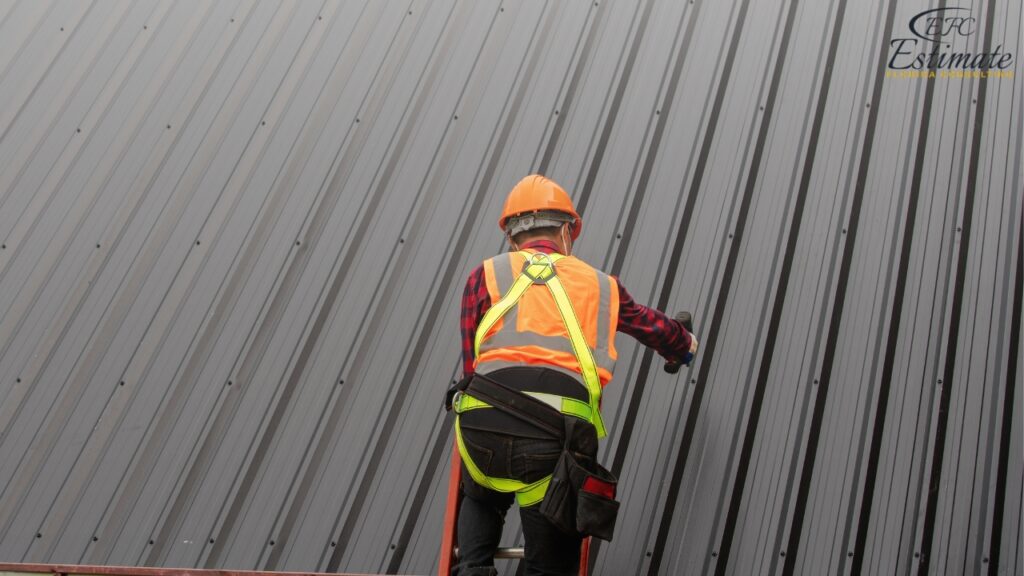
Stucco Siding
Stucco siding provides a unique and durable finish that is particularly popular in certain regions. It offers good insulation and fire resistance but can be prone to cracking in areas with significant temperature changes. Stucco requires skilled labor for proper installation, which can increase costs. While it offers a distinctive appearance, the potential for cracking and the need for skilled installation may make it less appealing for some homeowners. Stucco siding can provide a high-end look and excellent durability when properly installed and maintained. It is often chosen for its distinctive texture and appearance.
Factors Influencing Steel Siding Costs
Several factors can influence the overall cost of steel siding installation:
Home Size and Shape
The size and shape of your home can significantly impact the total cost of siding installation. Larger homes require more materials and labor, increasing the overall cost. Homes with complex shapes, multiple stories, or intricate architectural details may also require more time and specialized skills, further driving up labor costs. The design and layout of the home play a crucial role in determining the amount of siding material needed and the complexity of the installation process.
Regional Labor Rates
Labor rates can vary widely depending on your location. Urban areas with a higher cost of living typically have higher labor rates compared to rural areas. Additionally, the availability of skilled labor in your region can influence costs. Obtaining multiple quotes from local contractors can help ensure you get a competitive price for your siding installation. Regional labor rates are affected by the local economy, demand for construction services, and the availability of skilled tradespeople.
Existing Siding Removal
If your home has existing siding that needs to be removed before the new steel siding can be installed, this will add to the overall cost. Removal and disposal of old siding can be labor-intensive and may require additional fees for waste disposal. The condition of the existing siding and the ease of removal can also affect costs. Proper removal and disposal of old siding are necessary to ensure a clean and smooth surface for the new siding installation.
Customization and Upgrades
Choosing custom finishes, colors, or additional features like decorative trims or insulation can increase the cost of steel siding. While these upgrades can enhance the appearance and performance of your siding, they will add to the initial investment. Customization options allow you to tailor the siding to your specific preferences, but it’s essential to balance these choices with your budget. Upgrades such as high-performance insulation or custom color finishes can provide long-term benefits in terms of energy efficiency and curb appeal.
Download Template For Siding Project Breakdown
- Materials list updated to the zip code
- Fast delivery
- Data base of general contractors and sub-contractors
- Local estimators
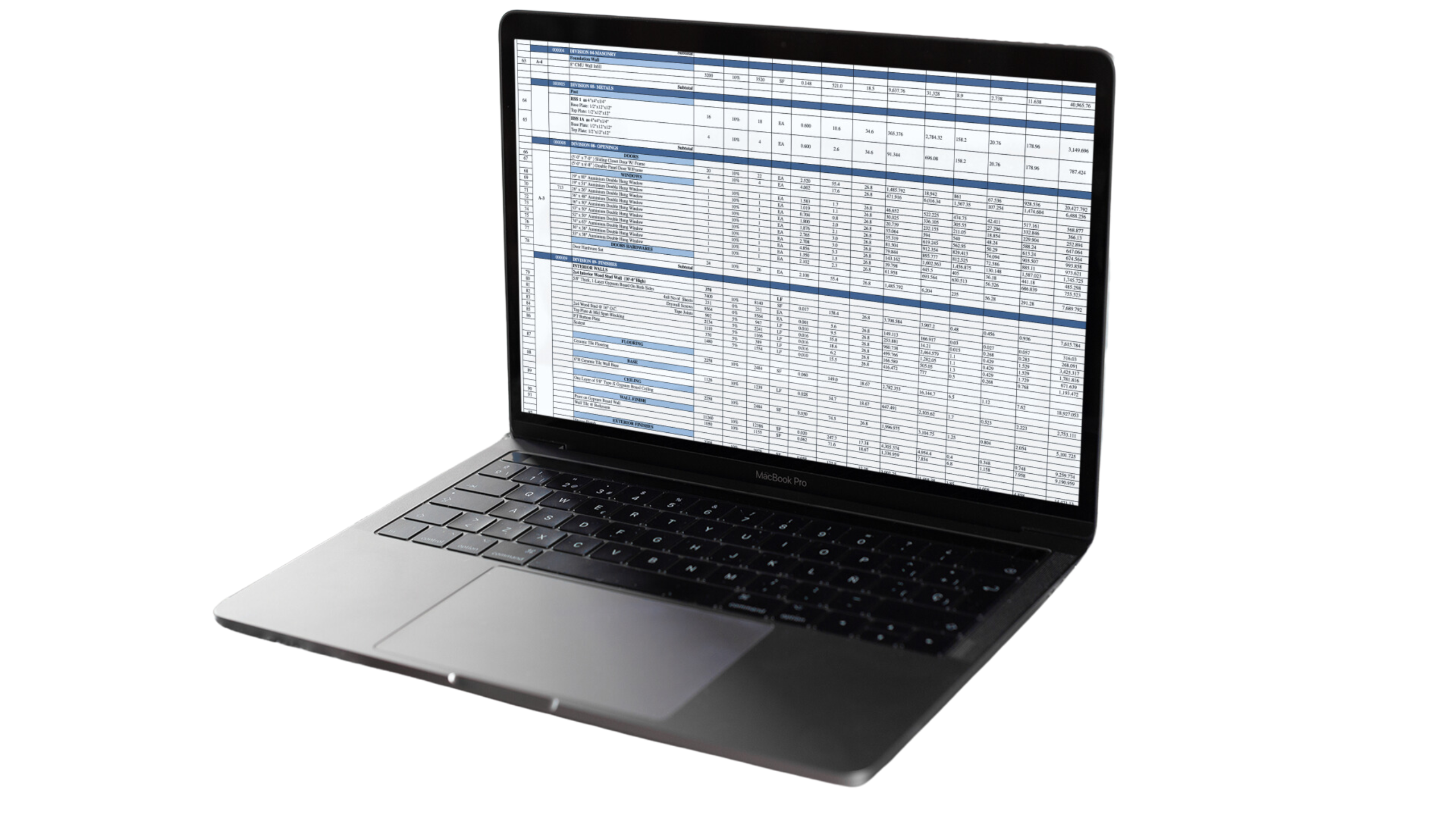
Conclusion
Steel siding is a durable and aesthetically pleasing option for homeowners looking to enhance their home’s exterior. By understanding the various costs involved, including materials, labor, and additional expenses, you can plan your project effectively and ensure it stays within budget. Investing in high-quality materials and skilled labor will result in a long-lasting, low-maintenance siding solution that adds value and curb appeal to your home. Proper planning and budgeting can help avoid unexpected expenses and ensure a successful siding installation. The durability, low maintenance, and energy efficiency of steel siding make it a smart investment for any homeowner. By carefully considering all the factors and costs involved, you can achieve a beautiful and durable exterior that will protect and enhance your home for years to come.
FAQs
Steel siding installation typically costs between $27,600 and $44,850, translating to $9.20 to $14.95 per square foot for a standard 3,000 sq ft exterior. This total cost includes the steel siding material, labor, underlayment, and installation hardware.
Factors affecting the cost per square foot include the quality of the steel, design complexity, local labor rates, and any additional features such as insulation or custom finishes. Proper planning and budgeting for unforeseen expenses are essential to keep the project within the estimated cost range.
Material costs can vary based on the style, finish, and additional features such as insulation. Here’s a breakdown of typical material costs:
- Standard Steel Siding: $7 – $10 per sq ft ($10,500 – $15,000 for 1,500 sq ft)
- Insulated Steel Siding: $10 – $14 per sq ft ($15,000 – $21,000 for 1,500 sq ft)
- Trim and Accessories: $1.50 – $3 per sq ft ($2,250 – $4,500 for 1,500 sq ft)
- Standard Steel Siding: Offers robust protection and aesthetic appeal without the added cost of insulation, suitable for moderate climates.
- Insulated Steel Siding: Includes an additional layer of insulation, enhancing energy efficiency and comfort, ideal for areas with extreme temperatures.
- Trim and Accessories: Essential for completing the installation, sealing edges and corners, and preventing moisture intrusion and pest infestation.
Labor costs can vary depending on the complexity of the project, the contractor’s rates, and the region. Here’s an estimate of labor costs:
- Site Preparation: $50 – $70 per hour ($1,000 – $1,400)
- Siding Installation: $70 – $100 per hour ($10,500 – $15,000)
- Trim and Accessory Installation: $50 – $70 per hour ($750 – $1,050)
- Cleanup and Inspection: $40 – $60 per hour ($600 – $900)
Additional costs can include permits, inspections, and any custom features or finishes. Here’s an estimate of these costs:
- Permits and Inspections: $500 – $1,000
- Custom Finishes: $1,000 – $3,000
- Miscellaneous Expenses: $500 – $1,500
Here’s a comparison with other common siding materials:
- Steel Siding: $8.50 – $14.50 per sq ft ($12,750 – $21,000 for 1,500 sq ft)
- Vinyl Siding: $3 – $7 per sq ft ($4,500 – $10,500 for 1,500 sq ft)
- Fiber Cement Siding: $6 – $12 per sq ft ($9,000 – $18,000 for 1,500 sq ft)
- Wood Siding: $6 – $10 per sq ft ($9,000 – $15,000 for 1,500 sq ft)
- Brick Veneer Siding: $10 – $20 per sq ft ($15,000 – $30,000 for 1,500 sq ft)
- Stucco Siding: $7 – $14 per sq ft ($10,500 – $21,000 for 1,500 sq ft)
- Durability: Superior to vinyl and wood siding, less prone to cracking and fading.
- Low Maintenance: Requires less maintenance compared to wood and stucco.
- Energy Efficiency: Insulated options improve energy efficiency.
- Aesthetic Appeal: Custom finishes and colors enhance curb appeal.
- Home Size and Shape: Larger and more complex homes require more materials and labor.
- Regional Labor Rates: Labor rates can vary widely depending on your location.
- Existing Siding Removal: Removing old siding can add to the overall cost.
- Customization and Upgrades: Custom finishes, colors, and additional features can increase the cost.
Proper planning and budgeting for unforeseen expenses are essential to ensure the project stays within the estimated cost range. It also helps in avoiding delays and additional costs during the construction process.
Google Reviews

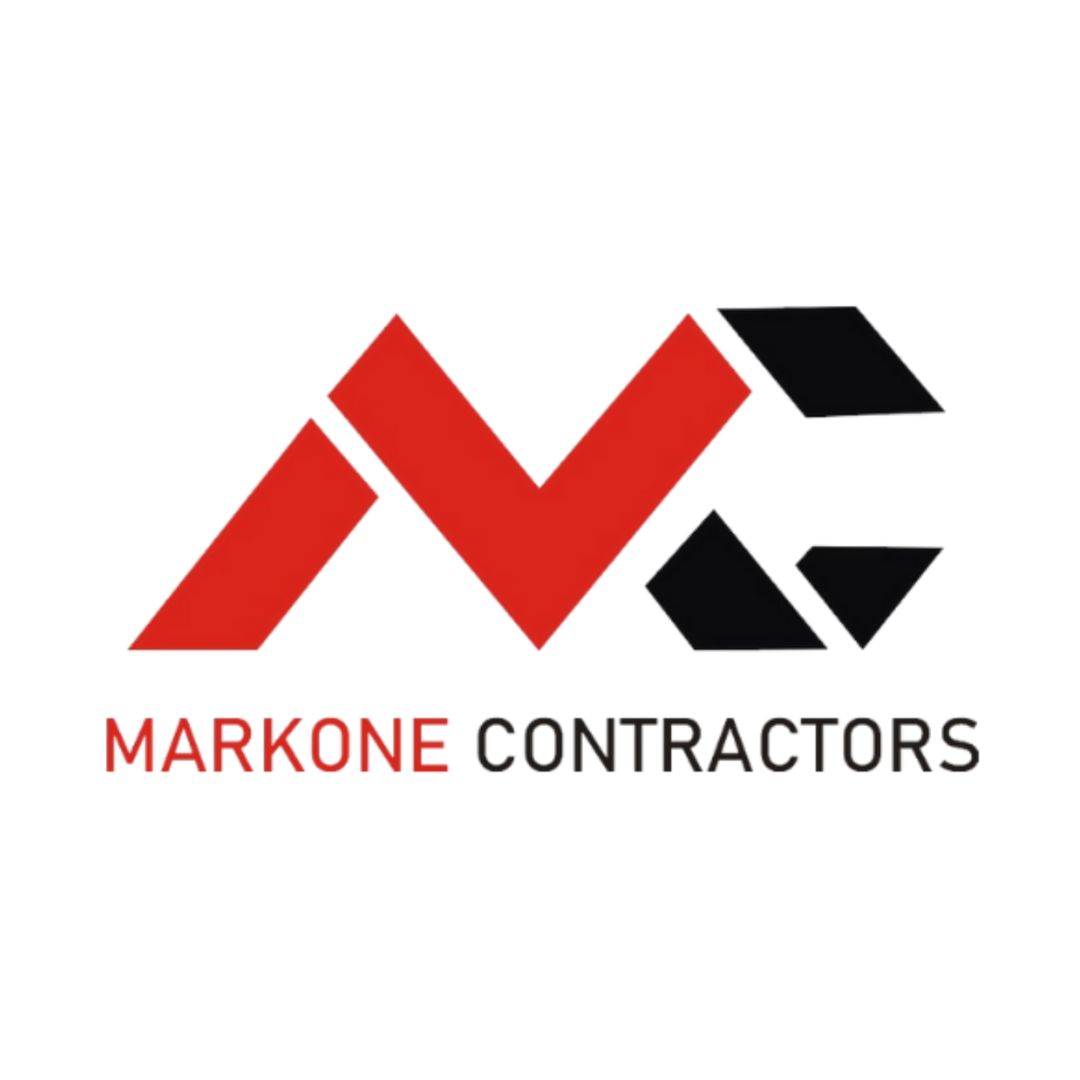
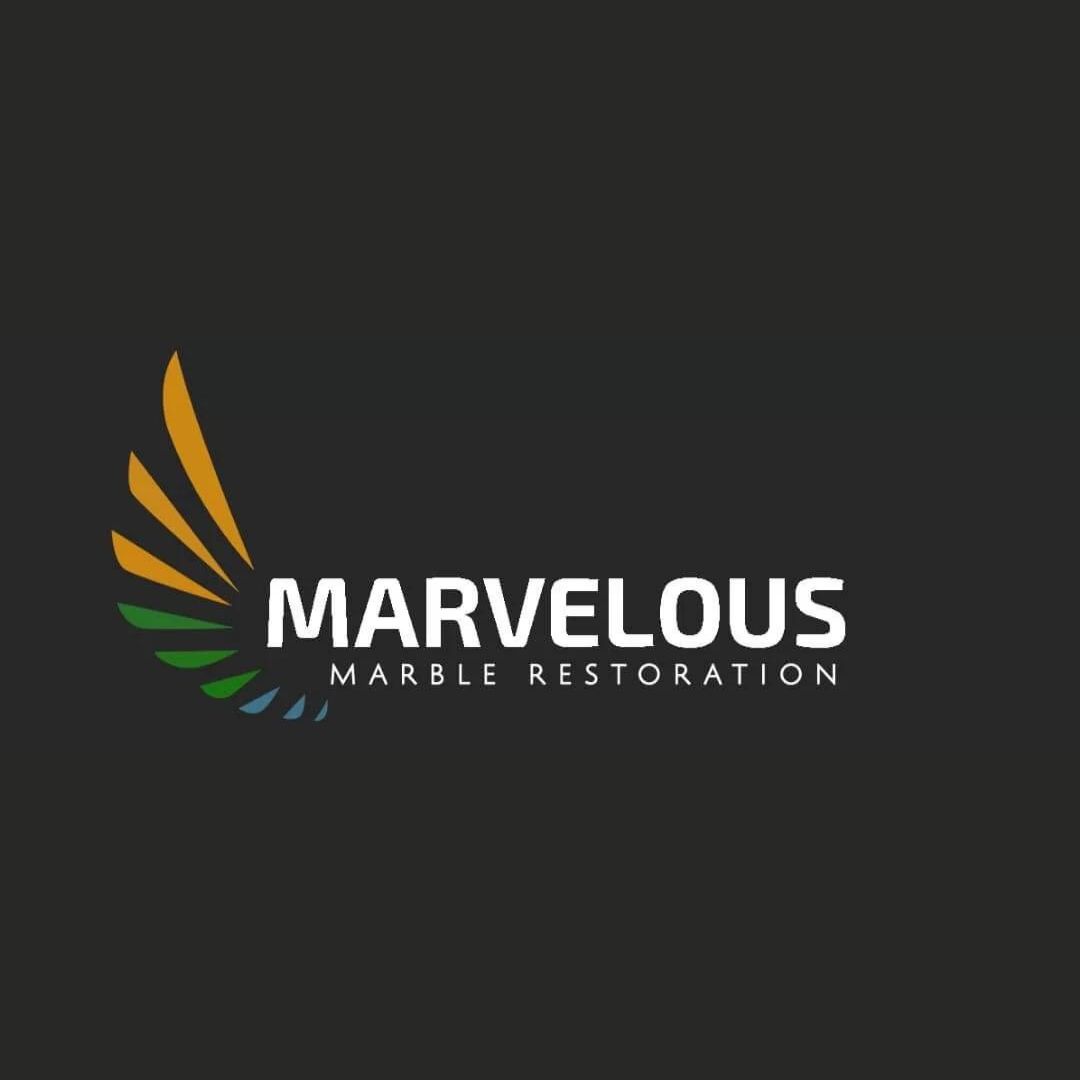
Process To Get Steel Siding Cost Installed Estimate Report
Here I am going to share some steps to get steel siding cost installed estimate report.
-
You need to send your plan to us.
You can send us your plan on info@estimatorflorida.com
-
You receive a quote for your project.
Before starting your project, we send you a quote for your service. That quote will have detailed information about your project. Here you will get information about the size, difficulty, complexity and bid date when determining pricing.
-
Get Estimate Report
Our team will takeoff and estimate your project. When we deliver you’ll receive a PDF and an Excel file of your estimate. We can also offer construction lead generation services for the jobs you’d like to pursue further.

